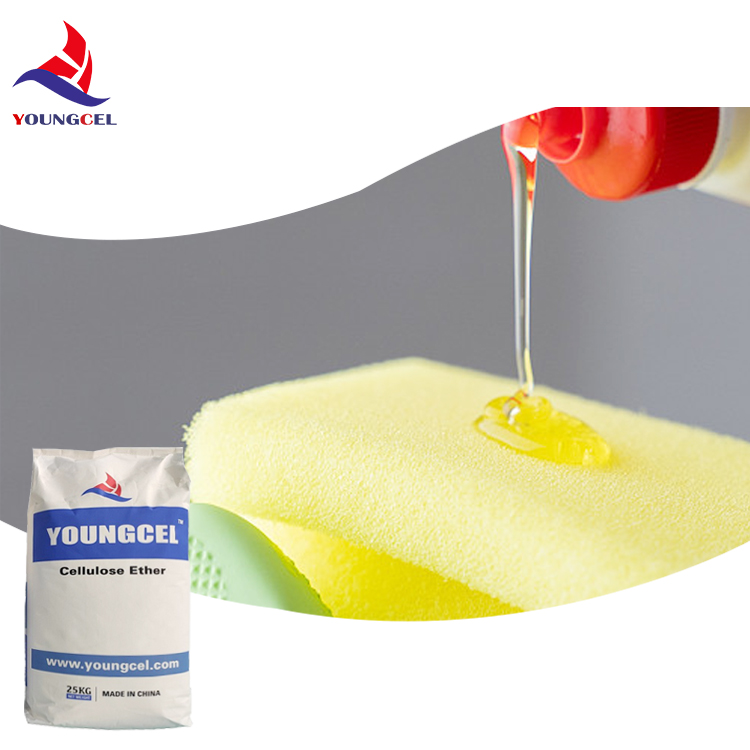The Role of Cellulose Ether HPMC in Modern Applications
Hydroxypropyl Methylcellulose (HPMC) is a cellulose ether that has gained significant attention in various industries due to its unique properties and versatility. Being a derivative of cellulose, a natural polymer, HPMC possesses a range of characteristics that make it an essential ingredient in numerous applications, including construction, pharmaceuticals, food, and cosmetics.
HPMC is synthesized by the chemical modification of cellulose. Through a process of etherification, hydroxyl groups in the cellulose backbone are replaced with hydroxypropyl and methyl groups. This modification enhances the solubility of cellulose in water and improves its film-forming abilities. As a result, HPMC has become favored in formulations where thickening, binding, and emulsifying properties are essential.
The Role of Cellulose Ether HPMC in Modern Applications
Pharmaceutical formulations also extensively use HPMC. It is commonly found in oral drug delivery systems, including tablets and capsules, due to its ability to control the release of active ingredients. HPMC can form gels at various concentrations, allowing for sustained release profiles that improve patient compliance. Moreover, it serves as a binder in tablet formulations, enhancing tablet integrity and stability. In addition to oral applications, HPMC is also implemented in eye drops and other topical formulations, where its ability to maintain moisture and enhance the viscosity of solutions is vital.
cellulose ether hpmc

In the food industry, HPMC is used as a food additive, recognized for its thickening and stabilizing properties. It can improve the texture of various food products, including sauces, dressings, and dairy products. Its ability to emulsify and stabilize mixtures is particularly beneficial in formulations that require homogeneous consistency. Furthermore, HPMC is non-toxic and has no adverse effects, making it safe for use in food products. This aligns well with global trends towards healthier eating and clean-label products, as natural ingredients are increasingly favored by consumers.
In cosmetics and personal care products, HPMC is valued for its thickening and film-forming properties. It is often included in lotions, creams, shampoos, and conditioners to enhance texture and stability. The use of HPMC can improve the sensory experience of cosmetic products, providing a smooth and pleasing application. Additionally, its ability to retain moisture plays a crucial role in skincare formulations, as it helps keep the skin hydrated and improves the overall efficacy of the product.
Despite its many advantages, it is important to consider the specific requirements of each application when formulating with HPMC. The selection of the appropriate grade and viscosity is essential to achieving the desired performance characteristics. With ongoing research and development, it is expected that HPMC will continue to evolve and find new applications across various sectors.
In conclusion, Hydroxypropyl Methylcellulose (HPMC) is a versatile cellulose ether with a wide range of applications. Its unique properties make it an invaluable ingredient in construction, pharmaceuticals, food, and cosmetics. As industries continue to seek innovative solutions and formulations, HPMC is likely to remain a prominent player, contributing to the formulation and performance of products that enhance our daily lives.
-
Premium Detergent Grade HPMC Hydroxypropyl Methylcellulose: Superior Thickening & StabilityNewsAug.31,2025
-
HEC 100000 Hydroxyethylcellulose for Paint | Superior ThickeningNewsAug.30,2025
-
Wall Putty Rdp Powder Packaging DesignNewsAug.29,2025
-
Introduction to Hpmc Hydroxypropyl Methyl CellulosNewsAug.29,2025
-
Hpmc Industri Grade IntegrationNewsAug.29,2025
-
How to Choose the Right Construction AdhesiveNewsAug.29,2025




